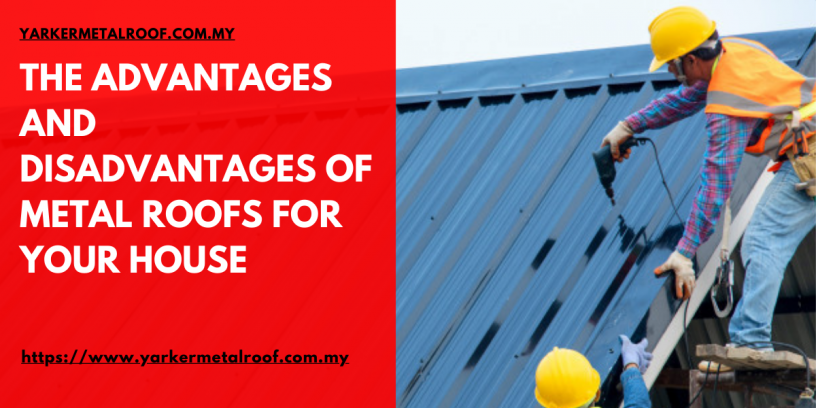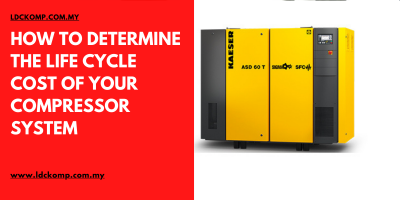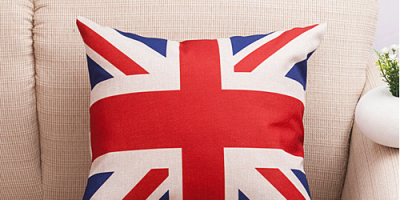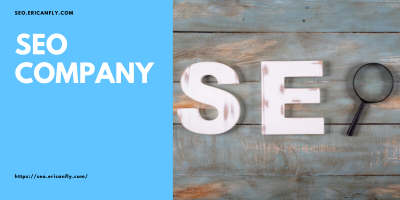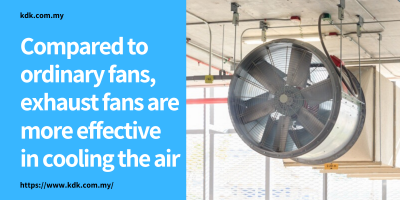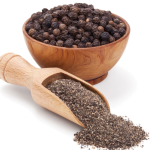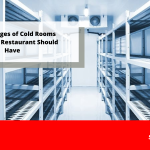There are several products available whether you are installing a new roof on a new home or if the old roof has to be completely replaced. However, regardless of the roof configuration, metal roofs can be an appealing choice due to their durability, low maintenance, and energy conservation. Steel (galvanised, galvalume, or weathering), aluminium, copper, zinc, and tin are all options. Vertical seam, pre-formed tiles, and granular coated panels are the product forms. You can have the look of shingles, granite, tile, shakes, or vertical panels by selecting a style.
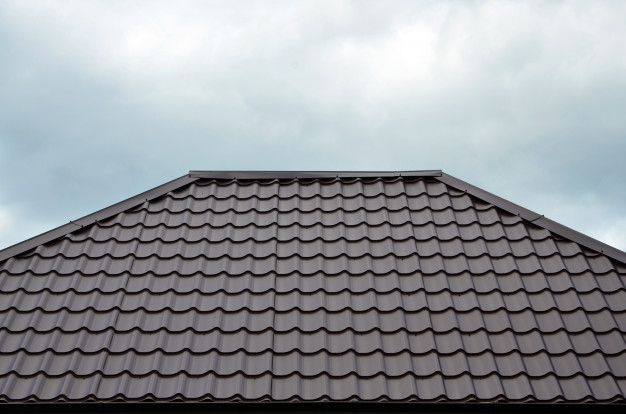
Advantages of Metal Roofs
Metal roofs have several advantages, including:
- Life expectancy. Metal roofs can last anywhere from 40 to 70 years, depending on the material. Traditional asphalt roofing products have a life expectancy of 12 to 20 years.
- Longevity. Any metal roofs, when properly built, will withstand wind gusts of up to 140 miles per hour, may not corrode or break, and may be impact-resistant (depending on which product you choose). Furthermore, unlike other roofing materials, metal roofs do not necessitate the expensive repairs that other roofing materials often necessitate. They should, however, be inspected on a regular basis to ensure that no repairs are needed.
- Protection. During a blaze or lightning bolt, metal roofs will not spark and erupt into flames.
- Energy conservation. Metal roofs mimic the sun’s UV and infrared light rays, which contribute to radiant heat on the roof surface, resulting in a 10-25 percent reduction in cooling costs.
- Pleasant to the environment. Metal roofs not only have a recycled content of 25-95 percent, depending on the material used, but they are still 100 percent recyclable at the end of their life as a roof. In comparison, the majority of shingle tear-off waste — up to 20 billion pounds a year — ends up in the building-related waste system.
Disadvantages Of Metal Roof
Despite their many benefits, metal roofs can have some disadvantages.
- Cost-effectiveness. Metal roofs can be two to three times more costly than other types of roofing. While a metal roof has a much longer lifespan, investing in one makes sense only if you want to remain in your home long enough to reap the cost benefits.
- Unbearable noise. Depending on the form of decking used during construction, metal roofs can be noisier than most materials during a heavy rain or hailstorm (spaced or solid). Increasing attic insulation may often fix this issue, but it can raise prices.
- Expansion, contraction, and fasteners are also examples of these concepts. Metal roofing material assemblies attached in large panels are intended to extend and compress as they warm and cool. However, the lifespans of revealed and hidden fasteners differ. The neoprene washers and screws used during installation can degrade and become dislodged over time, depending on the temperature.
- Color matching inconsistency. It could be impossible to locate an exact fit to the original metal if a replacement is needed or a home addition is installed years later.
- Exemplification. Water will do significant damage if it accumulates elsewhere on the roof as a result of inadequate construction or repair. Low-quality metals can also have a thinner gauge and be less durable. Any metals rust more quickly in certain climates or dent more easily during hail storms or installation than others.
For more information about metal roof malaysia, please visit https://www.yarkermetalroof.com.my
